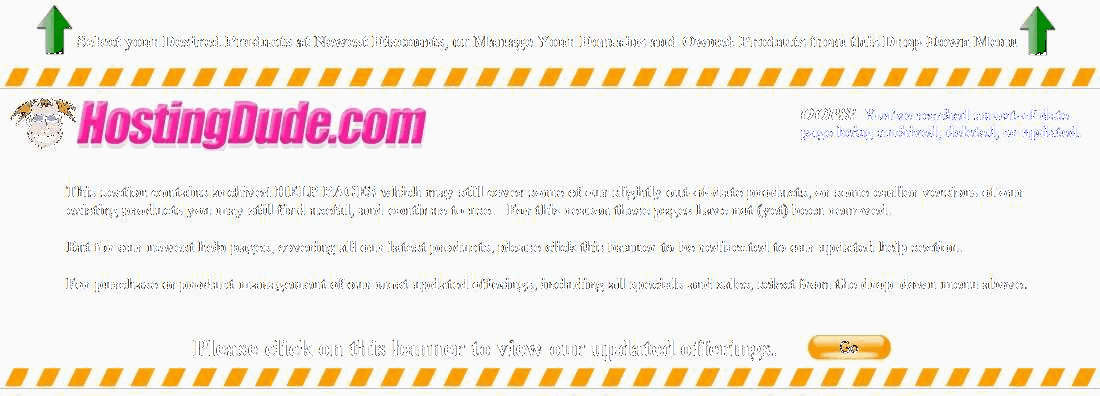Generating a Certificate Signing Request (CSR) - IIS 5 and 6

To complete your online request form for an SSL, you need a Certificate Signing Request (CSR). Follow these instructions to generate a CSR for your website. After you generate your CSR, copy and paste it into the CSR field on the SSL certificate request page.
NOTE: You must have at least Service Pack 1 installed before generating a CSR.
To Generate a Certificate Signing Request (CSR) for IIS 5 and 6
- To get to the IIS Manager, click Start, Control Panel, Administrative Tools, and then Internet Information Services (IIS) Manager.
- In the IIS Manager, click + next to your local computer to view the complete list of services.
- Click + next to Web Sites to view the complete list of website services.
- Right-click the website (host) that you want to secure, and then select Properties.
- Click the Directory Security tab, and then click Server Certificate in the Server communications area.
- In the Welcome to the Web Server Certificate Wizard window, click Next.
- In the Server Certificate window, select Create a new certificate, and then click Next.
- Select Prepare the request now, but send it later, and then click Next.
- In the Name and Security Settings window, enter a Name for the new certificate, select the bit length (2048 or higher), and then click Next.
NOTE: The following characters are not accepted when entering information: < > ~ ! @ # $ % ^ * / \ ( ) ? &
- In the Organization Information window, do the following, and then click Next.
- Organization — Enter the name in which your business is legally registered. The organization must be the legal registrant of the domain name in the certificate request.
- Organizational Unit — Use this field to differentiate between divisions or departments within an organization. For example, enter "Engineering" or "Human Resources."
NOTE: If you are enrolling as an individual, enter the certificate requestor's name in the Organization field, and the Doing Business As (DBA) name in the Organizational Unit field.
- In the Your Site's Common Name window, enter the common name of your website, and then click Next.
- Common Name — The Common Name is the fully-qualified domain name — or URL — for which you plan to use your certificate, e.g., the area of your site you want customers to connect to using SSL.
- An SSL certificate issued for www.coolexample.com is not valid for secure.coolexample.com. If you want your SSL to cover secure.coolexample.com, make sure the common name submitted in the CSR is secure.coolexample.com.
- If you are requesting a Wildcard certificate, please add an asterisk (*) on the left side of the Common Name (e.g., *.coolexample.com or *.secure.coolexample.com). This only secures the subdomains one place before the common name.
- In the Geographical Information window, enter the following, and then click Next:
- Country — The two-letter International Organization for Standardization- (ISO-) format country code for the country in which your organization is legally registered.
- State/Province — The full name of state or province where your organization is located. Do not abbreviate.
- City/Locality — The full name of the city in which your organization is registered/located. Do not abbreviate.
- In the Certificate Request File Name window, click Browse, enter a path and file name for the CSR so that you can easily locate it, and then click Next.
- In the Request File Summary window, verify the information in the request, and then click Next.
- In the Completing the Web Server window, click Finish.
- Locate, copy, and paste the CSR into our online application.
- To get a copy right click on the .req file, select Open With, and then select a text editor like Notepad.
- Paste all of the text, including ----BEGIN NEW CERTIFICATE REQUEST---- and ----END CERTIFICATE REQUEST----, in our online request form.
For more information on how to request a certificate in our online request form, see Requesting a Standard or Wildcard SSL Certificate.





